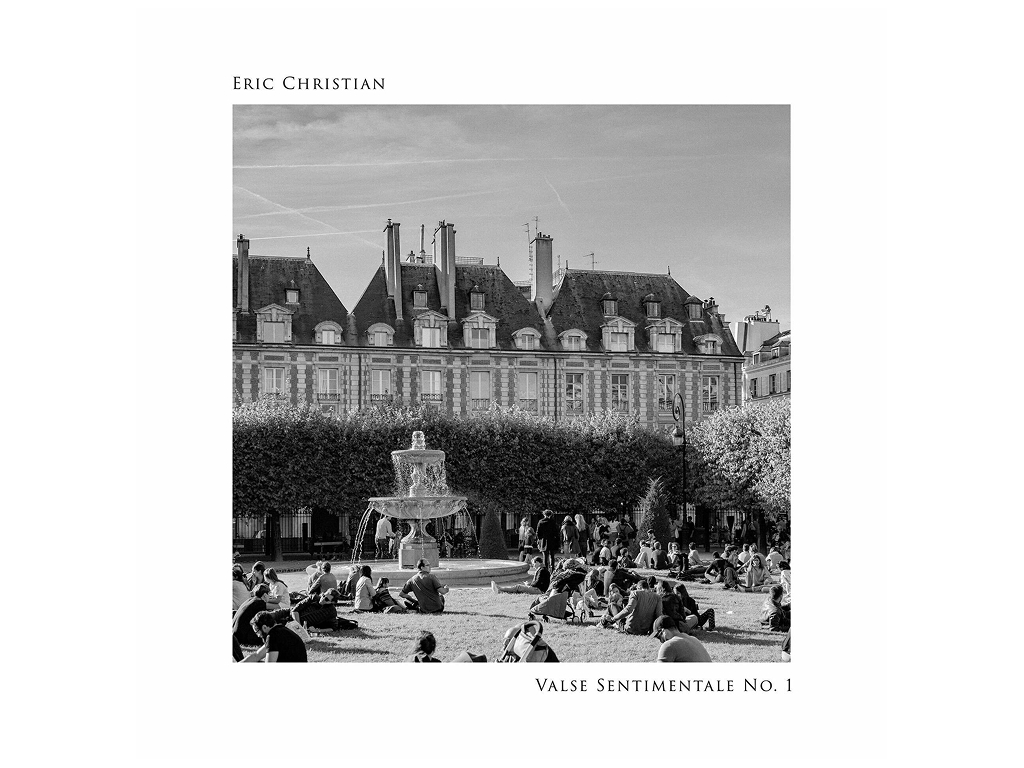Join us the Music & Drama Education Expo in February 2026
Join Clefer at the Music & Drama Education Expo 2026 in London. Explore our piano learning app with demos, goodie bags, and a £500 competition draw.
October 3, 2025

Valse Sentimentale No. 1 has a quiet elegance. Each phrase feels like a sigh, and the melody moves as if remembering something tender. Don’t rush to perfect it. Instead, listen to how each bar leans naturally into the next, as if the music already knows where it’s going. Take a moment before you start to feel the pulse of three. Let it sway rather than march. The rhythm should feel like a conversation, not a count.
Begin softly, with a light touch in the left hand. The waltz pattern sets the atmosphere here, so keep it relaxed and steady. Try practicing the left hand alone until it feels effortless.
The melody starts to rise here, gently reaching for something it can’t quite grasp. Use phrasing to show that longing, slight crescendos and releases rather than sudden accents.
Think of each phrase as a single breath. The temptation is to hold on, but instead let go at the top of each rise and allow space before the next phrase begins. It creates a feeling of vulnerability that suits the piece beautifully. Notice that the first and second phrases act like a question; the third phrase, starting in bar 13, feels like an answer.
Here the melody deepens, repeating the main theme and moving into octaves. The mood feels more inward. Keep your pedaling light. Too much blur will hide the gentle dissonances that give this section color. If the melody starts to sound too even, play it once while humming quietly along; it often helps you rediscover its phrasing and flow.
The composer introduces a new idea here, marked dolce (sweetly). After the decrescendo, begin this part softly as before. Notice the first two phrases, they try to tell us something, and only the third phrase brings a sense of conclusion. What do you think it wants to say? These three phrases are then repeated. Try finding a different mood for the repetition.
The closing section feels like coming back to where you started but a little changed. The ending is prolonged and slightly varied. Play it with a sense of warmth and calm rather than melancholy. The left hand should remain soft and fluid to let the final notes of the melody linger, like a memory that refuses to fade.
Valse Sentimentale No. 1 is all about restraint and the art of not saying too much. Its emotion comes from what’s left unplayed as much as from what’s written. Take your time, listen to the silences, and let each phrase settle before you move on.
As both a piano learning app and a piano teaching app, Clefer supports students and teachers by making piano practice clear and motivating, with guided steps, real-time feedback, and gentle encouragement. Learn to play Valse Sentimentale No. 1 on Clefer and enjoy how every note brings you closer to Eric Christian’s world of sound and feeling.
Transform your piano learning journey with Clefer.